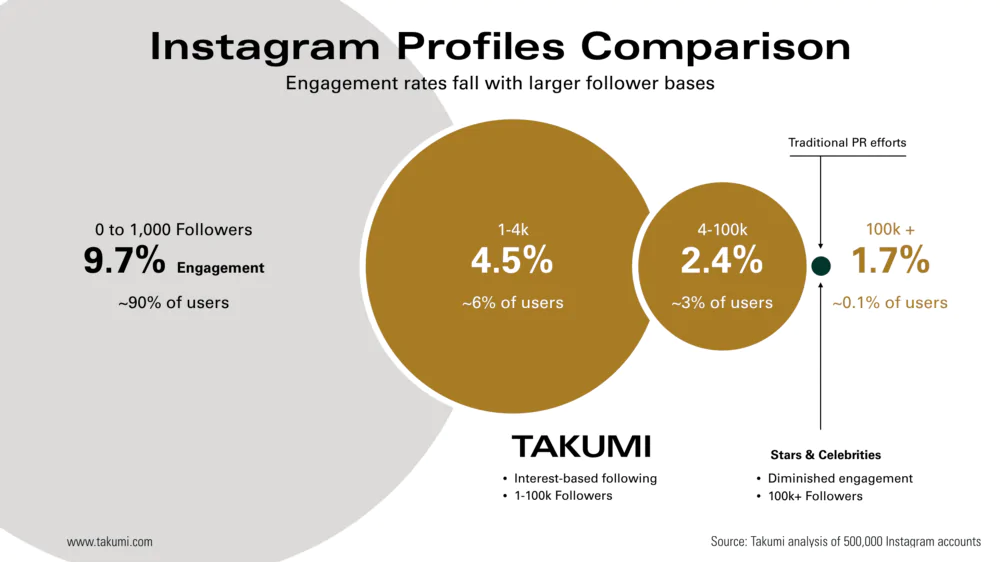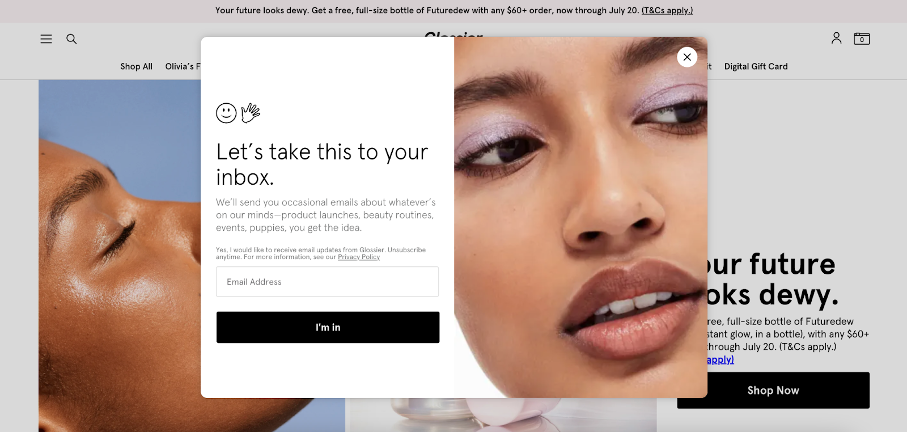The Role of Micro-Influencers in Crafting Effective Niche Marketing Strategies
Meta Description: Explore how micro-influencers can revolutionize your niche marketing strategies. Discover actionable insights, case studies, and tips to engage specific audiences effectively.
In the rapidly evolving landscape of digital marketing, leveraging the power of micro-influencers is becoming an essential strategy for businesses aimed at reaching niche markets. With over 5 years of experience in SEO, I have guided numerous businesses in optimizing their online presence and embracing the burgeoning world of influencer marketing. In this blog post, we will delve into the role of micro-influencers in crafting effective niche marketing strategies, illuminating their impact, benefits, and practical steps to harness their potential.
Understanding Micro-Influencers
What is a Micro-Influencer?
Micro-influencers are individuals who boast a follower count ranging from 1,000 to 100,000 across their social media platforms. Unlike larger influencers with millions of followers, micro-influencers typically focus on specific niches, allowing them to cultivate a dedicated audience that trusts their opinions and recommendations. This niche focus leads to higher engagement rates, making them valuable assets for brands aiming to connect authentically with targeted demographics.

How Micro-Influencers Compare to Macro and Mega Influencers
While macro-influencers (with 100,000 to 1 million followers) and mega influencers (over 1 million followers) often seem attractive due to their extensive reach, their engagement rates can significantly lag behind those of micro-influencers. Research from platforms like HypeAuditor and Influencer Marketing Hub indicates that micro-influencers frequently achieve engagement rates of 10% or more, while their macro counterparts typically hover around 1% to 3%.
The Power of Engagement
Statistics on Engagement and Audience Trust
The strength of micro-influencers lies in their ability to create meaningful connections with their audiences. A survey conducted by the Digital Marketing Institute found that 84% of consumers trust recommendations from micro-influencers more than other sources. This trust translates directly into engagement and conversion rates, as niche audiences are more likely to take action based on genuine recommendations.
Emotional Resonance with Target Audiences
Micro-influencers often resonate emotionally with their followers by sharing personal stories, experiences, or insights within specific niches – whether it’s beauty, fitness, travel, or sustainable living. This level of emotional connectivity is critical for brands aiming to foster loyalty and community.
Cost-Effectiveness of Micro-Influencers
Benchmark Pricing for Collaborations
For brands with limited marketing budgets, collaborating with micro-influencers proves to be a cost-effective solution. Partnership costs for micro-influencers typically range from $100 to $500 per post, compared to thousands charged by their macro-influencer counterparts. This lower price point, combined with higher engagement rates, makes them appealing for businesses striving for budget optimization.
Case Studies Showcasing High ROI
One notable example is Glossier, a beauty brand that attributes much of its success to collaborations with micro-influencers. By leveraging these partnerships, Glossier achieved a multifaceted marketing approach that not only increased brand awareness but also drove significant sales growth, resulting in over 600% returns on their influencer campaigns.

Similarly, Gymshark successfully collaborated with fitness-related micro-influencers, leading to authentic content that resonated with their niche audience and contributed to rapid brand growth.
Tapping into Niche Markets
Benefits of Niche Marketing
Focusing on niche markets can lead to markedly higher conversion rates. For instance, specialized products in the health or eco-friendly domains often see conversion rates climbing to 10--20% as they speak directly to passionate audiences. Businesses can harness these opportunities by understanding the specifics of their target demographics and refining their messaging accordingly.
Successful Campaign Examples in Specific Niches
One example of effective niche marketing is the collaboration between Green Chef, a meal kit delivery service focusing on organic and healthy eating, and various micro-influencers specializing in clean eating and meal prep. By engaging this specific audience, Green Chef saw a notable increase in subscription rates attributed to these targeted efforts.
Practical Steps for Implementation
Finding the Right Micro-Influencers
Identifying suitable micro-influencers can be done through various channels. Businesses can utilize influencer marketing platforms like Upfluence, AspireIQ, and social listening tools to discover influencers who align with their brand ethos and target audience.

Effective Engagement Strategies
To engage with micro-influencers effectively, brands can adopt various strategies:
- Product Gifting: Providing free products to influencers allows for authentic reviews and promotions.
- Affiliate Programs: These incentivize influencers to promote products while earning a commission on their referrals.
- Content Collaborations: Brands can work with influencers to create engaging content, such as tutorials or unboxings, which can help enhance authenticity.
Building Community and Trust
Creating Community-Focused Campaigns
Micro-influencers can foster a sense of community around a brand by aligning with audiences sharing specific interests or values. For example, Patagonia, an outdoor clothing retailer, engages consumers through shared values around environmental sustainability, creating loyal communities centered around their mission.
Importance of Feedback Mechanisms
Establishing two-way feedback channels between brands and micro-influencers is crucial. This ongoing dialogue fosters trust and innovation, allowing businesses to refine their strategies and drive further engagement.
SEO Considerations
Performing Keyword Research
Brands should conduct keyword research to identify trending topics in their niche that can enhance their online visibility. Aligning content with particular keywords not only enhances SEO but also brings more attention to micro-influencer campaigns.
Collaborative Content for Enhanced Visibility
Collaborating with micro-influencers on content, such as guest blog posts or video tutorials, can amplify visibility and relevance – positioning the brand as an authority in its niche.
Legal and Ethical Considerations
Ensuring Transparency and Authenticity
It's essential for brands to uphold transparency in their collaborations with micro-influencers, adhering to FTC guidelines by using clear disclosures like #ad or #sponsored. This practice not only cultivates trust but also helps maintain brand integrity.
The Future of Influencer Marketing
Trends and Predictions Ahead
As platforms like Instagram and TikTok continue to evolve, the landscape of influencer marketing will also shift. Video content is becoming increasingly vital, and micro-influencers are well-positioned to adapt to these trends by showcasing their creativity through engaging video content that resonates with their niche audiences.
Conclusion
Micro-influencers are swiftly becoming key players in niche marketing strategies, providing businesses with innovative ways to connect authentically with targeted audiences. Their higher engagement rates, cost-effectiveness, and sense of community make them invaluable assets for brands aiming to stand out in saturated markets.
Embracing the power of micro-influencers can help your brand foster authentic connections, enhance engagement, and ultimately, achieve impressive ROI.
To dive deeper into optimizing your marketing strategies and to explore more content on leveraging the influencer landscape, consider signing up for our newsletter. Stay ahead of the trends and connect with your target audience effectively!
